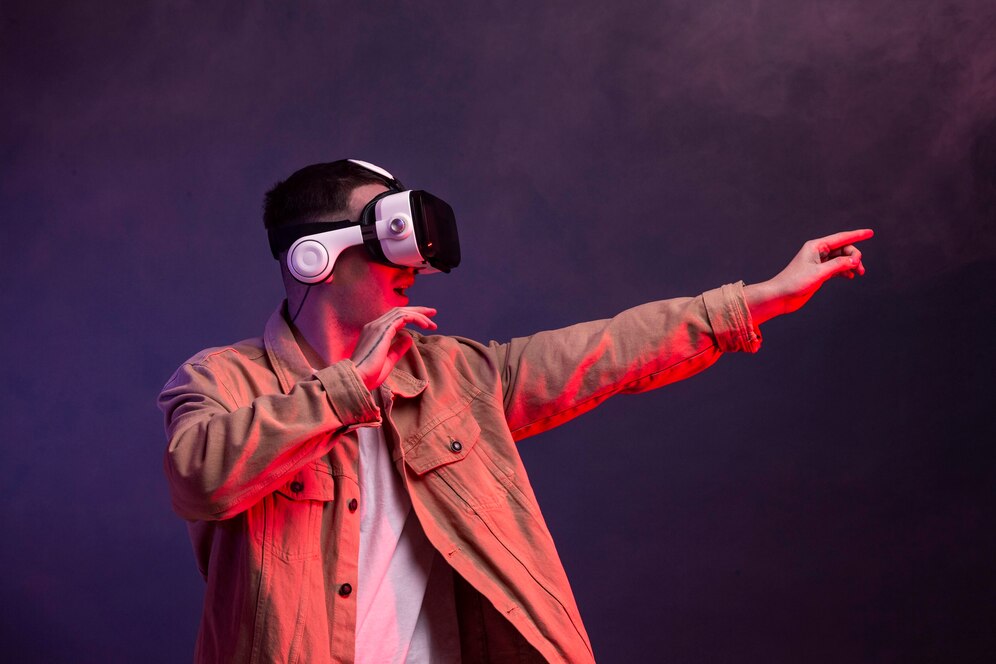Health & Safety Post-Pandemic: Building Resilience for a Safer Tomorrow
Explore how health and safety have evolved in the post-pandemic world, with key strategies to maintain public wellbeing in daily life.
Health & Safety Post-Pandemic: Building Resilience for a Safer Tomorrow
When the world came to a standstill in early 2020, global priorities shifted overnight. The COVID-19 pandemic not only tested healthcare systems but also challenged how we view health and safety in every part of life.
Now, as we emerge into a post-pandemic era, one thing is clear: our collective understanding of what it means to be safe and healthy has transformed.
The post-pandemic world demands more than a return to old habits. Instead, it calls for a renewed commitment to preparedness, community responsibility, and sustainable practices that protect both individuals and populations.
From the workplace to public spaces, schools to homes, the standards we set today define the resilience of tomorrow.

A New Chapter in Public Health
The pandemic exposed both strengths and weaknesses in healthcare systems across the globe. In response, many governments and institutions are now focusing on public health infrastructure with fresh urgency.
Enhanced surveillance systems, rapid response teams, and improved communication networks are becoming standard tools in national safety strategies.
Vaccination campaigns, once limited to specific populations or diseases, have become central to everyday health planning.
Public trust in health communication has become a top priority, as misinformation has proven to be just as dangerous as any virus. In this new era, building trust and fostering transparency is not just ethical — it’s essential.
Workplaces Redefined: Prioritizing Safety and Flexibility
For millions, the workplace will never be the same. Remote and hybrid work models have become the norm in many industries, forcing companies to rethink health policies, sick leave protocols, and mental health support.
Offices that have reopened now feature improved ventilation systems, contactless technologies, and regular sanitation schedules. But beyond physical safety, there is a growing emphasis on emotional wellbeing.
Employers are investing in mental health programs, flexible scheduling, and better work-life balance initiatives.
This shift is more than temporary—it’s a recognition that a healthy workforce is a more productive and loyal one.
Schools and Childcare: Rethinking Everyday Safety
Educational environments also had to evolve rapidly. Virtual classrooms, outdoor learning setups, and smaller group instruction were just some of the responses to health concerns.
As students return to physical classrooms, schools are investing in better hygiene practices, classroom ventilation, and support systems for mental and emotional wellbeing.
Educators now face the dual challenge of addressing learning loss while also creating a safe, nurturing environment. The post-pandemic educational system must be agile, inclusive, and focused on more than just academics.
Community Spaces and Travel: Reimagining Movement and Interaction
Urban planning has taken on a new health-centered perspective. Parks, bike lanes, and open-air markets have grown in popularity, as people seek out safer ways to interact and move through cities.
Public transportation systems are undergoing redesigns to reduce crowding and improve sanitation.
Travel policies have also evolved. Health passports, testing requirements, and digital screening tools are now part of the journey.
While some restrictions have lifted, the focus on safety remains high. Travelers expect cleanliness, transparency, and contingency planning from every touchpoint—from airport terminals to hotel rooms.
The Personal Role: Individual Responsibility in a Collective Effort
Perhaps one of the most profound shifts has been in personal responsibility. People are more aware of how individual actions can impact community health. Wearing masks when sick, practicing good hygiene, and staying home when unwell have become normalized.
Health is no longer seen as a private matter—it’s a shared value. People are taking more proactive steps, such as regular health checkups, prioritizing nutrition, and incorporating exercise into daily life.
Technology, too, plays a role, with wearable devices and health apps offering insights into daily wellness.
Looking Forward: Resilience as a Way of Life
The lessons of the pandemic continue to shape how we prepare for the future. Resilience, once a buzzword, is now a core principle.
Being resilient means having systems in place—not just for crisis response, but for everyday stability.
Whether it’s stockpiling medical supplies, supporting local health workers, or educating communities about risk, a resilient society is one that thrives through uncertainty.
As we build this future, one thing is certain: health and safety are no longer background concerns—they are at the forefront of how we live, work, and connect.





